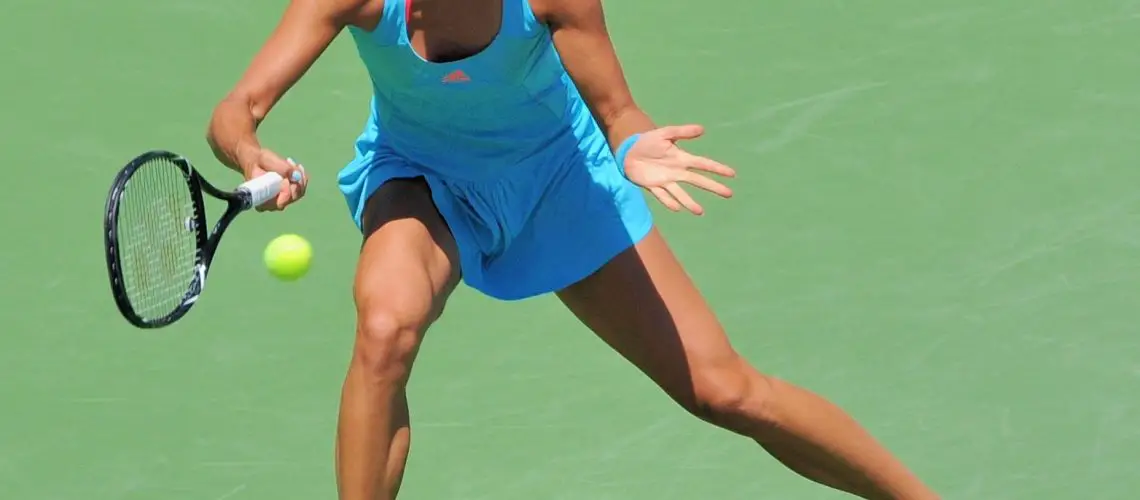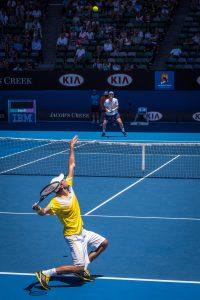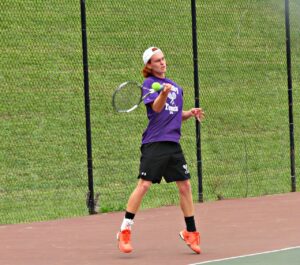We may earn money or products from the companies mentioned in this post.
A Quick Summary
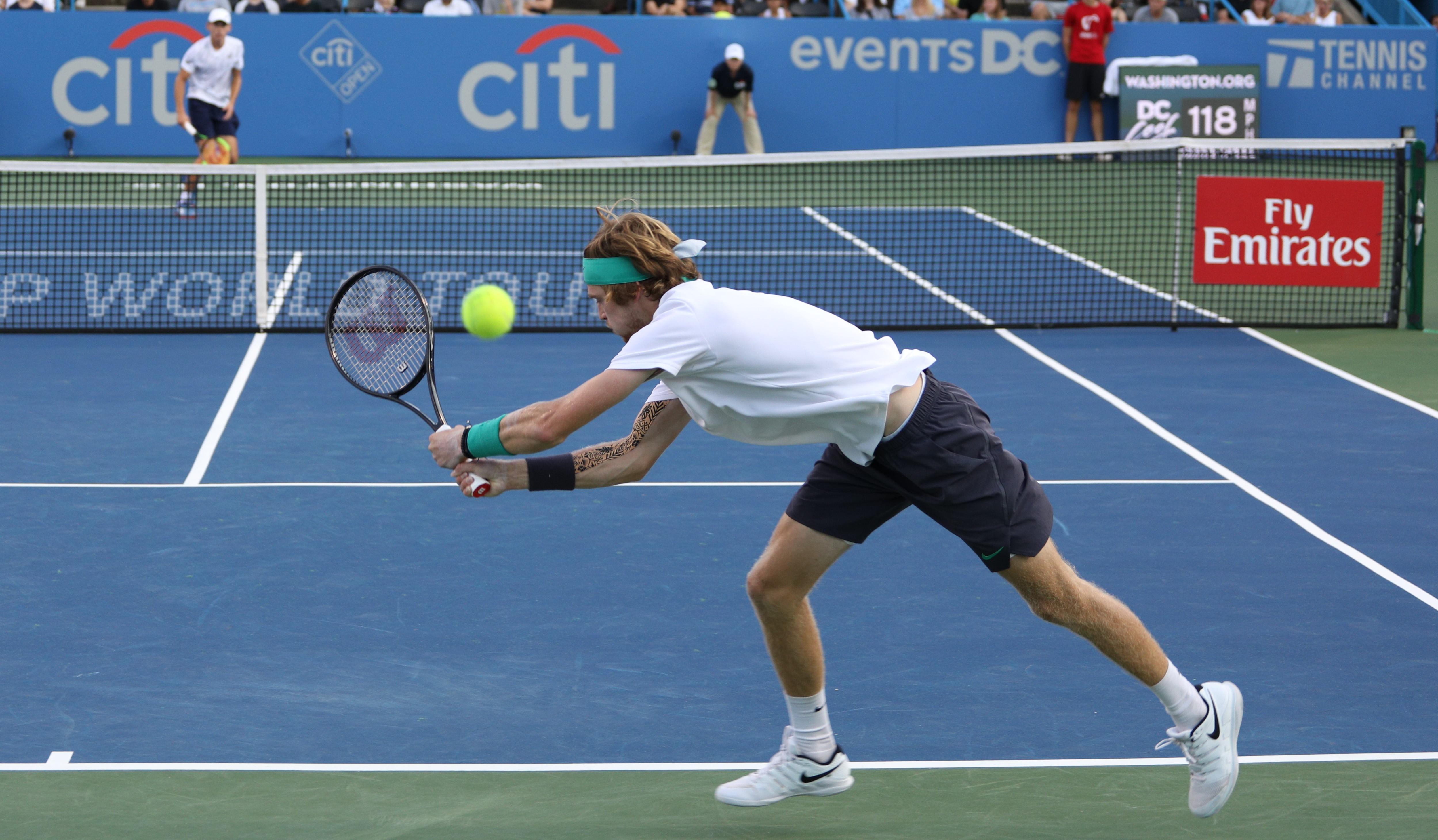
This article examines the history and significance of aces in tennis. It explains the different types of serves that can lead to an ace, as well as strategies for hitting aces. It also looks at notable records and players known for their aces in tennis.
The Ace: A Brief History and Importance in Tennis

Brief history of the term “ace” in tennis
Originating from the French word “as,” meaning “one” or “ace,” the term “ace” has been used to describe a serve that is not touched by the opponent and results in an immediate point for the server since the early 20th century
The first recorded use of this term was in a match report from Wimbledon in 1924, where it was said that American player Frank Hunter served several aces against his opponent From then on, the use of the term became widespread and is now commonly used to describe this feat across all levels of tennis
Importance of aces in the game
In tennis, each point is crucial, and a well-placed ace can make all the difference Aces are often seen as one of the most powerful weapons in a player’s arsenal, as they can quickly shift momentum and put pressure on their opponent
Not only do aces result in an immediate point for the server without requiring any further action from them, but they also often leave their opponents feeling demoralized, frustrated, and helpless This psychological impact can be just as important as gaining an extra point on the scoreboard
Furthermore, serving multiple aces during a match can also help players conserve energy by shortening rallies and preventing extended games This can be particularly advantageous during long matches or tournaments where players may need to play several matches over consecutive days
All these factors contribute to why having a strong serve with potent ace potential is essential for any competitive tennis player at any level
| Key Point | Description |
|---|---|
| 1. | Aces result in an immediate point, without requiring further action from the server |
| 2. | Aces can have a psychological impact on opponents, leaving them demoralized and frustrated |
| 3. | Serving multiple aces can help conserve energy by shortening rallies and preventing long games |
The Definition and Mechanics of an Ace in Tennis
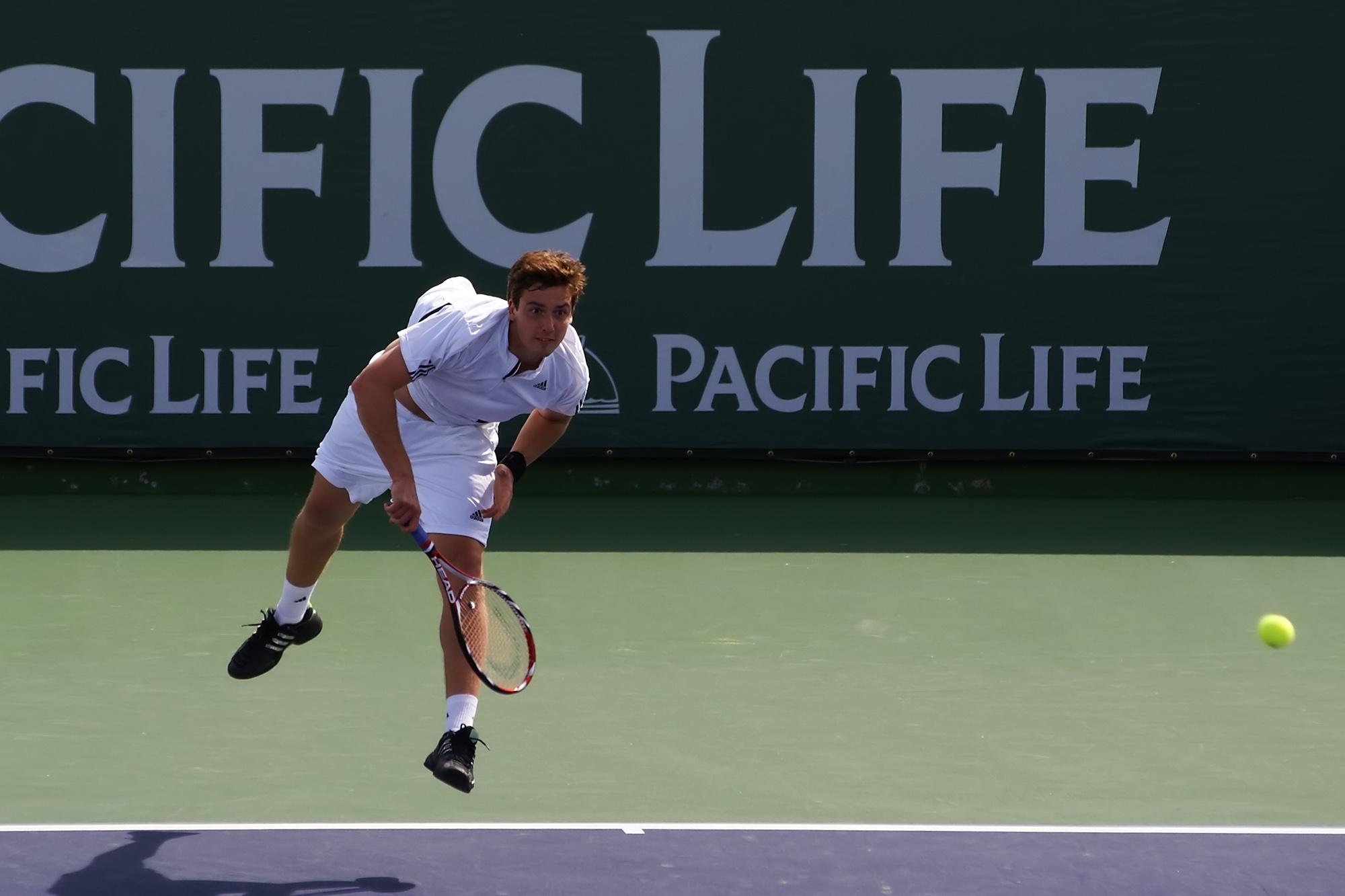
Serving is one of the most crucial aspects of tennis It can make or break a player’s game, and a well-executed serve can give them a significant advantage over their opponent One of the most desirable outcomes of a serve is an ace – a shot that lands untouched by the opponent within the service box boundaries Let’s explore what constitutes an ace and the different types of serves that can lead to this coveted outcome
What Constitutes an Ace?
An ace is defined as a serve that is not touched by the opponent and lands within the service box boundaries When executed correctly, it results in an immediate point for the server, without needing to continue play A successful ace depends on various factors such as speed, placement, spin, and trajectory
Different Types of Serves That Can Lead to an Ace
There are several types of serves in tennis that players use to gain an advantage over their opponents Here are three types of serves that have been known to result in an ace:
Flat Serve:
This type of serve involves hitting the ball hard with no spin, resulting in a fast-paced shot that travels straight through the air
Slice Serve:
In this type of serve, players hit the ball with sidespin causing it to curve towards its destination
Kick Serve:
Also known as a topspin serve, this type involves hitting the ball with topspin causing it to bounce high after landing on the court making it difficult for opponents to return
In conclusion, serving is a critical aspect of tennis gameplay and can lead to many favorable outcomes for players if done correctly An ace is one such outcome that can be achieved by executing a serve that is not touched by the opponent and lands within the service box boundaries By using different types of serves like flat, slice, or kick serves, players can aim to achieve an ace and gain an immediate point over their opponents
| Serve Type | Key Benefit | How It Can Lead to an Ace |
|---|---|---|
| Flat Serve | Fast-paced shot with no spin | Difficult for the opponent to react in time |
| Slice Serve | Ball curves towards its destination | Misleads the opponent’s positioning |
| Kick Serve | High bouncing ball after landing on the court | Makes it challenging for opponents to return |
Strategies for hitting aces
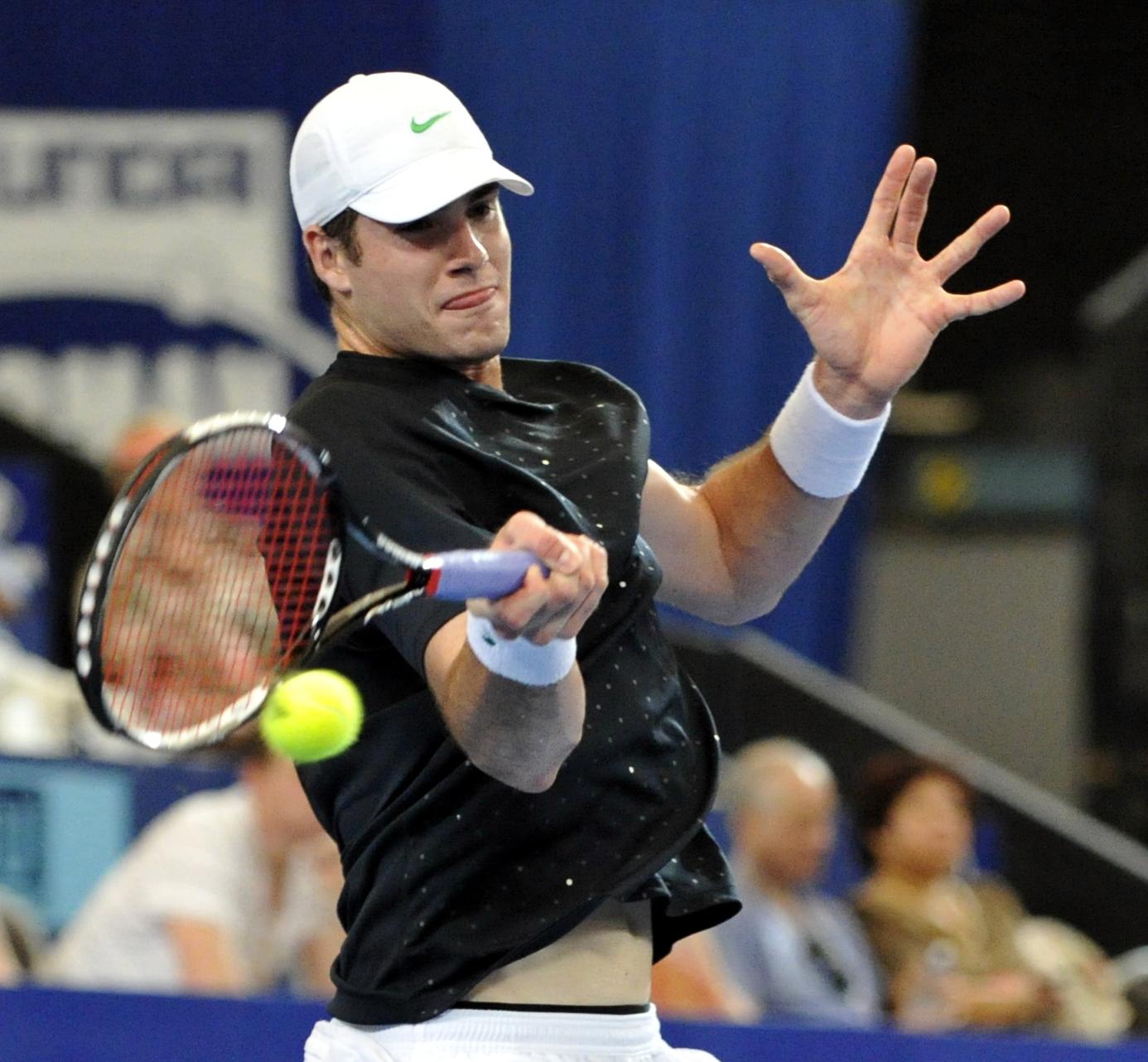
Placement and tactics
One of the most effective ways to hit an ace is by strategically placing your serve By targeting your opponent’s weaker side, you increase your chances of hitting an unreturnable serve It’s important to pay attention to their previous returns and notice any patterns or tendencies they may have Once you’ve identified their weaker side, aim your serve in that direction
Mixing up your service patterns can also catch your opponent off guard and result in more aces Instead of always going for power, try mixing in some slower serves or even throwing in a drop shot occasionally This variety will keep them guessing and make it harder for them to anticipate where the ball is going
Improving serve technique
To consistently hit aces, improving your serve technique is crucial One aspect to focus on is toss consistency – making sure you’re tossing the ball in the same spot every time will allow for better timing and contact with the ball Practicing this motion with repetition will help build muscle memory and improve accuracy
Body positioning and balance are also important factors when it comes to serving effectively Make sure you’re standing tall with good posture and keeping your weight evenly distributed between both feet as you prepare to serve A smooth transfer of weight from back foot to front foot during the motion will generate more power behind the ball
Overall, implementing these strategies can greatly increase your chances of hitting more aces during matches, but like any skill, practice makes perfect!
| Key Point | Description |
|---|---|
| Toss Consistency | Ensure the ball is tossed in the same spot every time for better timing and contact. |
| Body Positioning | Maintain good posture and evenly distribute weight between both feet while preparing to serve. |
| Weight Transfer | Smoothly transfer weight from back foot to front foot during the serve motion for generating more power. |
Notable Records and Players Known for Their Aces in Tennis
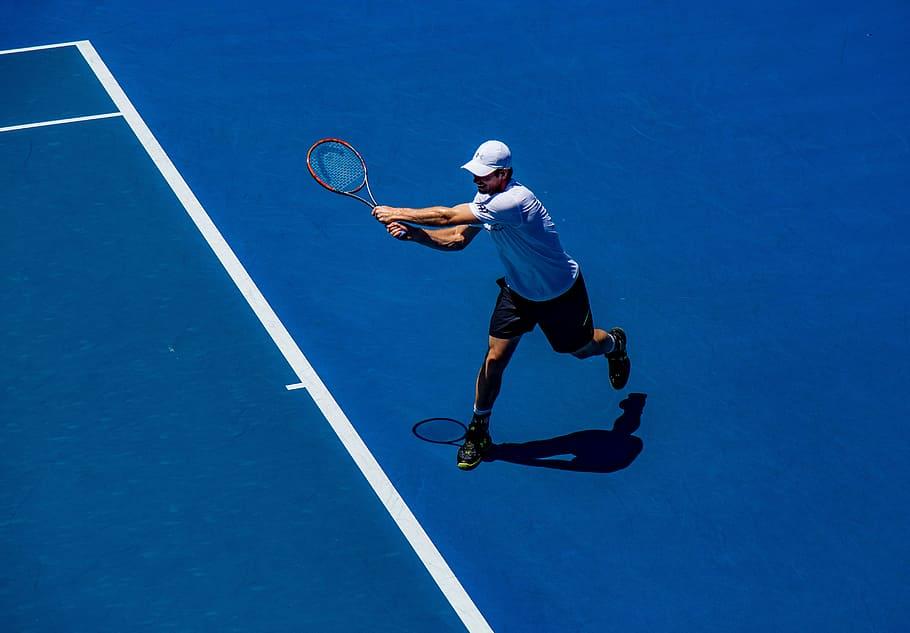
Top Male and Female Tennis Players with Most Career Aces
Tennis is a sport that requires precision, accuracy, and power One of the most exciting aspects of tennis is the serve, which can make or break a match The ability to hit an ace – a serve that goes untouched by the opponent – is a coveted skill among tennis players Here are the top male and female tennis players with the most career aces:
Men’s Record Holders:
- Ivo Karlovic – 13,541 aces
- Goran Ivanisevic – 10,183 aces
- Roger Federer – 11,344 aces
Women’s Record Holders:
- Kristyna Pliskova – 1,530 aces
- Venus Williams – 7,972 aces
- Serena Williams – 9,940 aces
Ivo Karlovic holds the record for the most career aces in men’s tennis history with an impressive total of 13,541 Goran Ivanisevic follows closely behind with 10,183 career aces while Roger Federer rounds out the top three with 11,344
Among women’s tennis players, Kristyna Pliskova currently holds the record for most career aces with an impressive total of 1,530 Venus Williams follows closely behind with 7,972 career aces while her sister Serena Williams boasts an even more impressive total of 9,940 aces
Highest Number of Aces in a Single Match or Tournament
While having a high number of career aces is impressive, it’s also worth noting the players who have hit the highest number of aces in a single match or tournament Here are some notable records:
Most Aces in a Match (Men):
- John Isner – 113 aces
Most Aces in a Match (Women):
- Kristyna Pliskova – 31 aces
Most Aces in a Tournament:
- Ivo Karlovic – 136 aces at the 2015 Wimbledon Championships
John Isner holds the record for most aces hit in an individual match with an incredible total of 113 during his first-round match against Nicolas Mahut at the 2010 Wimbledon Championships Kristyna Pliskova holds the women’s record with an impressive total of 31 during her second-round match against Monica Puig at the 2016 US Open
Finally, Ivo Karlovic once again makes history by holding the record for most career tournament aces with an incredible total of 136 at the 2015 Wimbledon Championships
| Player | Record Category | Number of Aces |
|---|---|---|
| John Isner | Most Aces in a Match (Men) | 113 |
| Kristyna Pliskova | Most Aces in a Match (Women) | 31 |
| Ivo Karlovic | Most Aces in a Tournament | 136 |
Useful Links

What is an Ace in Tennis? (+ 5 More Key Tennis Terms …
What is An Ace in Tennis? | Tennis Made Easy!
What is an ‘Ace’ in Tennis?
What is an Ace in Tennis? Definition & Record for Most Aces
What is an Ace in Tennis – How Often Do They Occur?
Ace. Meaning in tennis. Definition. Wiki. Terms
What is An Ace In Tennis 2023? Easy Guide
What Is A Return Ace In Tennis? Definition & Meaning …
What Is An Ace in Tennis? – Definition & What Counts
What is an Ace in Tennis? | Learn the Secrets of Aces
What is an ace in tennis? 2023 –
What Is An Ace In Tennis? Definition, Guide, Tips, & Stats
What Is An Ace In Tennis? – Tennis Ball Game
The Slowest/Greatest Ace You’ll EVER See – YouTube
What Is An Ace In Tennis?
Tennis ace definition in American English
Ace of Tennis 4+ – App Store
Is There An Ace In Volleyball?
Tennis Ace Trainer – Momentus Sports
Aces | ATP Tour | Tennis

